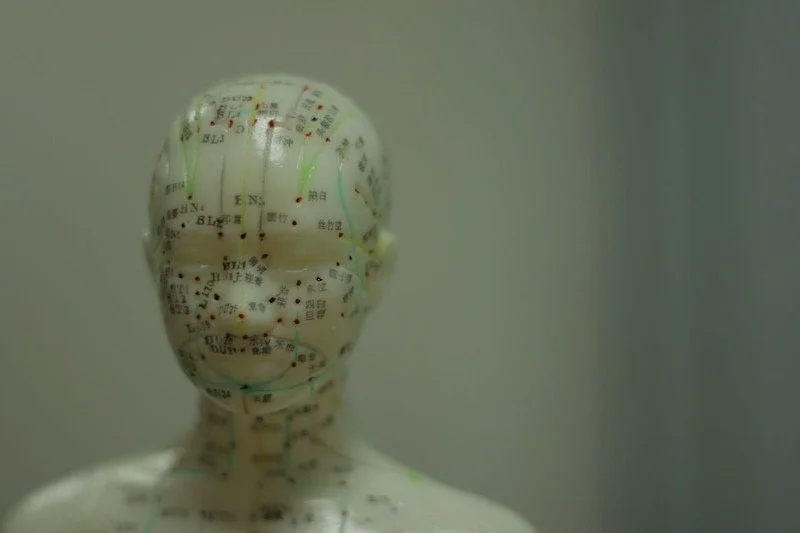Teenagers
/This post is more for teenagers, than about them.
You might be wondering "what is therapy?" Perhaps someone suggested you seek therapy to work on something specific, or maybe you have sought it out on your own. Both options beg the question "why would you want to tell a complete stranger your problems?"
Teenagers exist in this strange space in time, a hundred years ago you would have basically been considered an adult: you're capable of reproduction, you have the intelligence, physicality and attention span to hold a job and help support the family, and child labor laws didn't exist.. In this day and age, we do have child labor laws which, in effect, extended and protected adolescence. Now, the teenage experience might be that you have a vast store of knowledge that nobody seems to respect or want to listen to; and because of this you might be used to adults not really hearing or valuing what you have to say. Perhaps they judge you, or don't choose to understand, or in spite of their attempts to understand, seem so far from it that it feels pointless to even try to communicate. Or maybe you're one of the lucky ones and have amazing, responsive, and patient adults in your life who trust you, and allow you the freedom and agency to choose your own path.
To be fair, your caretakers have to tread a very difficult line: it's likely that they love and care for you very much, and at the same time they bear some responsibility for how your lives turn out, and to further complicate matters, they are flawed and fallible human beings the same as the rest of us. They are personally invested in the outcome, so there is inherently a lot of emotion attached to their interactions with you. This can translate into bossiness, over-involvement, anger, and frustration, and yet underneath these emotions there are almost always root emotions of love and fear.
It is developmentally appropriate that teenagers prefer to run things through their peer group rather than their parents, to look for validation from their friends. This is part of individualization, and growing-up. That said, it can come with its own set of hazards and problems: your friends have strong opinions, but don't necessarily have the history of life experiences that can add depth to judgment. What I provide is an opportunity to talk things through with a neutral adult, someone who wants to keep you safe, and has an adult perspective, but whose primary goal is to help you identify and achieve what you truly want for your life.
The therapeutic relationship is a little different from any other kind of relationship:
I tell you the truth. I won't lie to you. If I can't tell you something, for whatever reason, I'll be honest about it.
I keep your secrets. Did you know that it would be completely unethical and illegal for me to tell anyone (parents, police, teachers...) what is said in therapy? There are only a very few legal exceptions to this rule. Any other topic, is going to stay between us, and even in those situations where I would have to reveal information, it's my ethical duty to protect your privacy as best I can. That said, if you want my help or support in communicating with parents, other adults, or even schools and police, I can and would do that with your specific permission.
I won't judge, shame, or criticize you. No matter what your situation is, I trust there's a reason for it, and there is some logic in which it makes sense. My goal in that situation is to work with you to figure out how it makes sense to you, to help you figure out whether it is healthy for you, whether you want it to be this way, and help you decide how to work the situation so that you get what you truly want or need.
I'm very hard to shock. I've spent my life as a listener, and in so doing I've heard a LOT of things. In my work with teenagers we've addressed issues of: addiction, bullying, anger management, child abuse, sexual abuse, academic performance, anxiety, family acceptance, sexual identity, gender identity, deportation, racism, self-harm, suicidal thoughts, homicidal thoughts, sadness, loneliness, rage, poverty, eating disorders, poor self-image, severe mental illness, gang violence, loss... You can bring anything to me, even things that might feel unsafe to talk about.
Sometimes, we can even work on issues that you don't want to talk about at all. EMDR and Havening are amazing therapies in that as long as you can feel the emotion, we can do the work. My knowing what we're working on isn't 100% necessary, although any information you can give me does allow me to help you process more smoothly.
That said, I won't generally pressure you to talk. I trust that you will talk when you feel safe, interested, or ready. The exception to this is if I feel your safety is at immediate risk.
On the positive side, my clients and I have worked on defining future hopes and goals, and taking positive steps towards achieving them; building healthy relationships with family, friends, and romantic attachments; learning positive communication styles to help you get what you want out of life; building self-esteem, and self-awareness...
I really enjoy working with teenagers, and nothing makes me happier than seeing them build the lives they want for themselves.
















